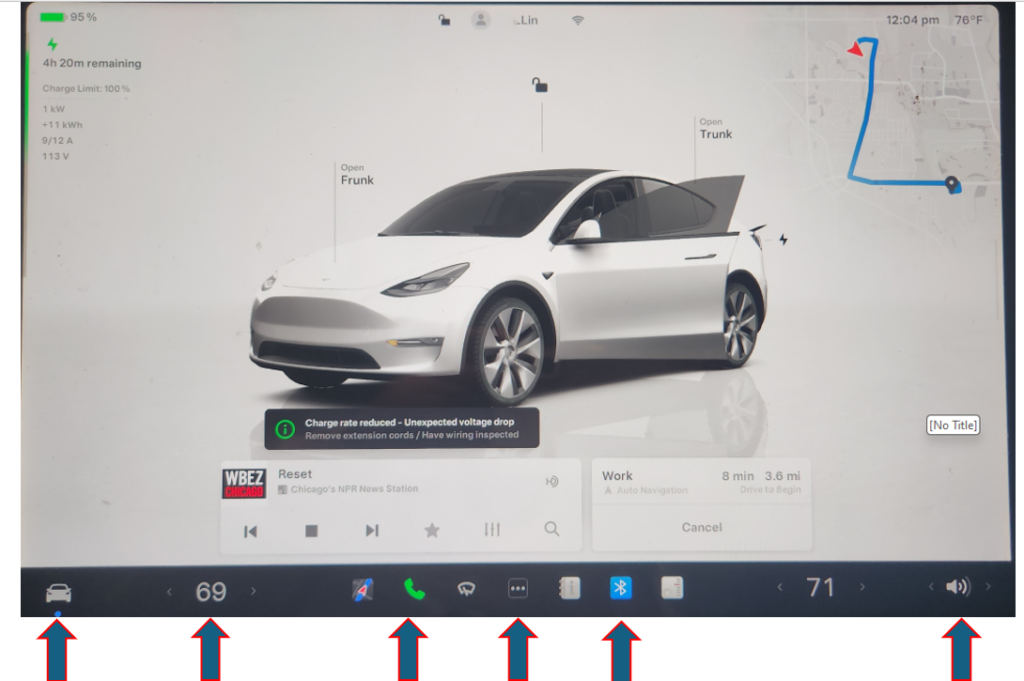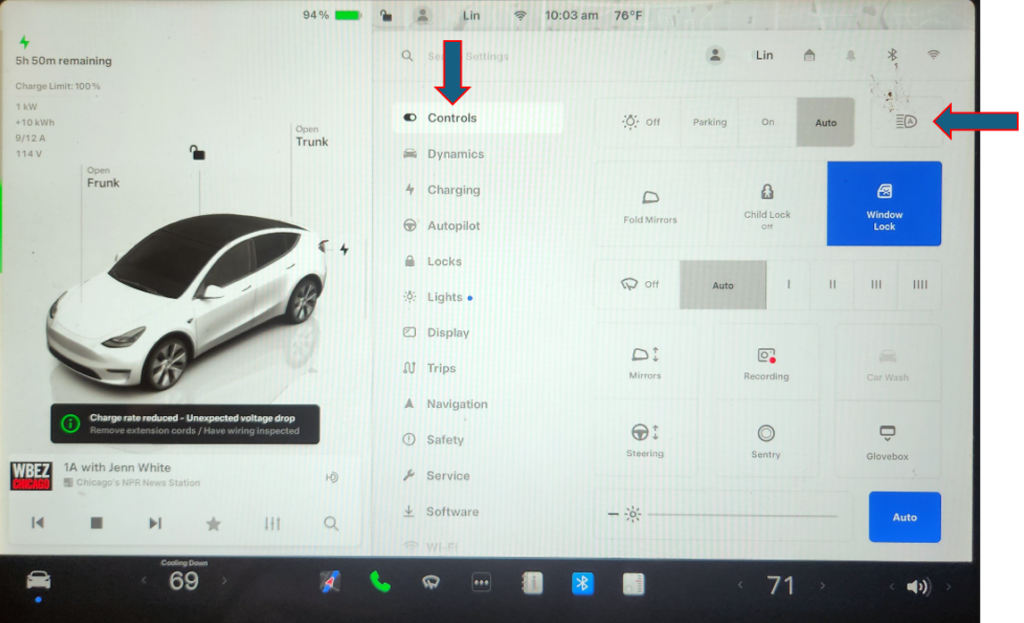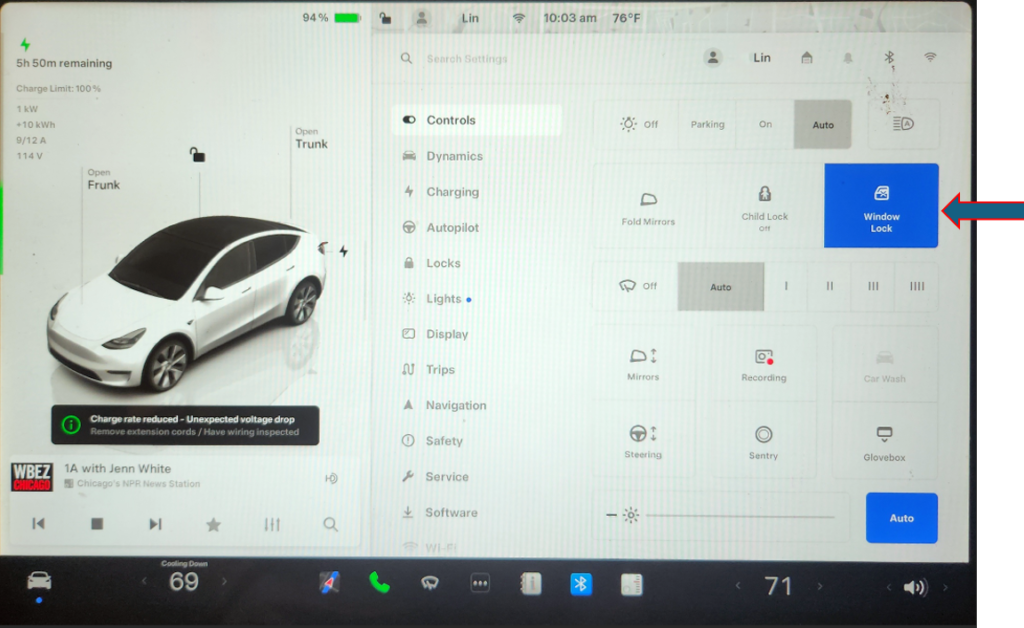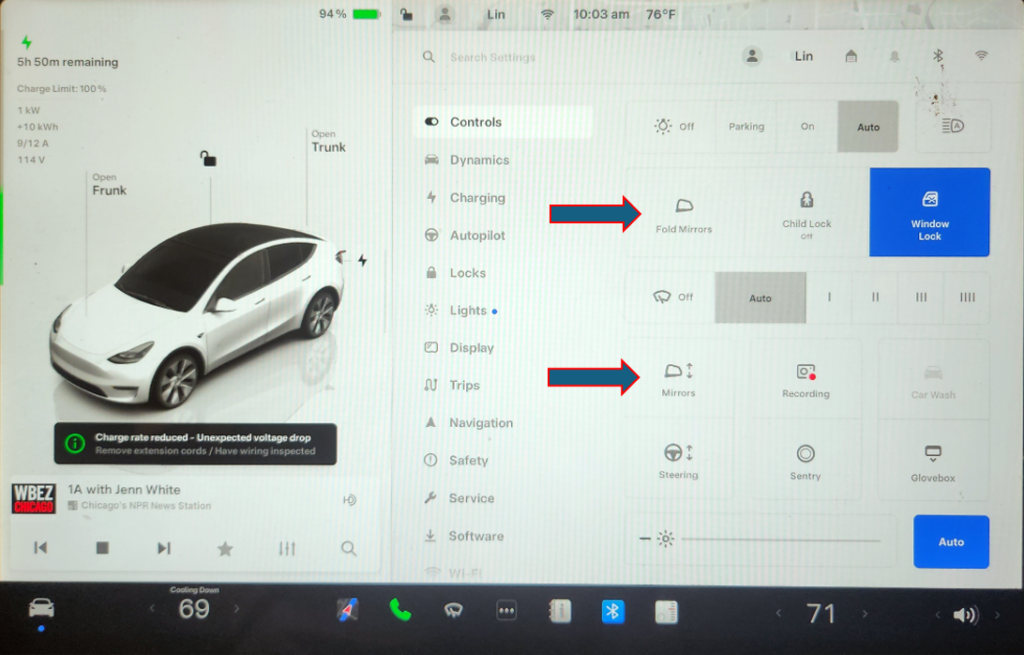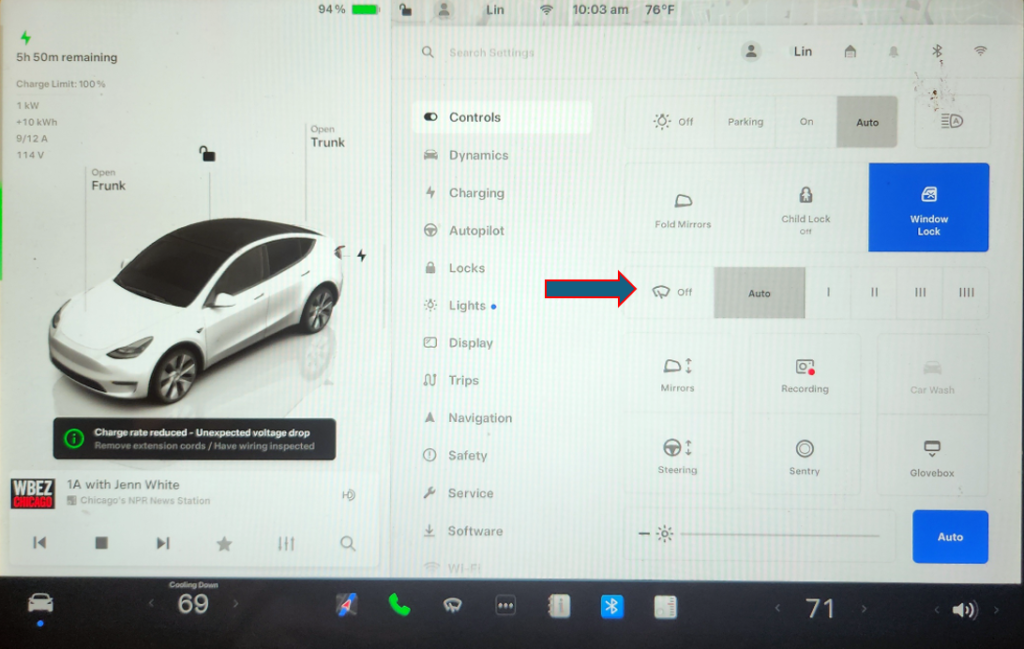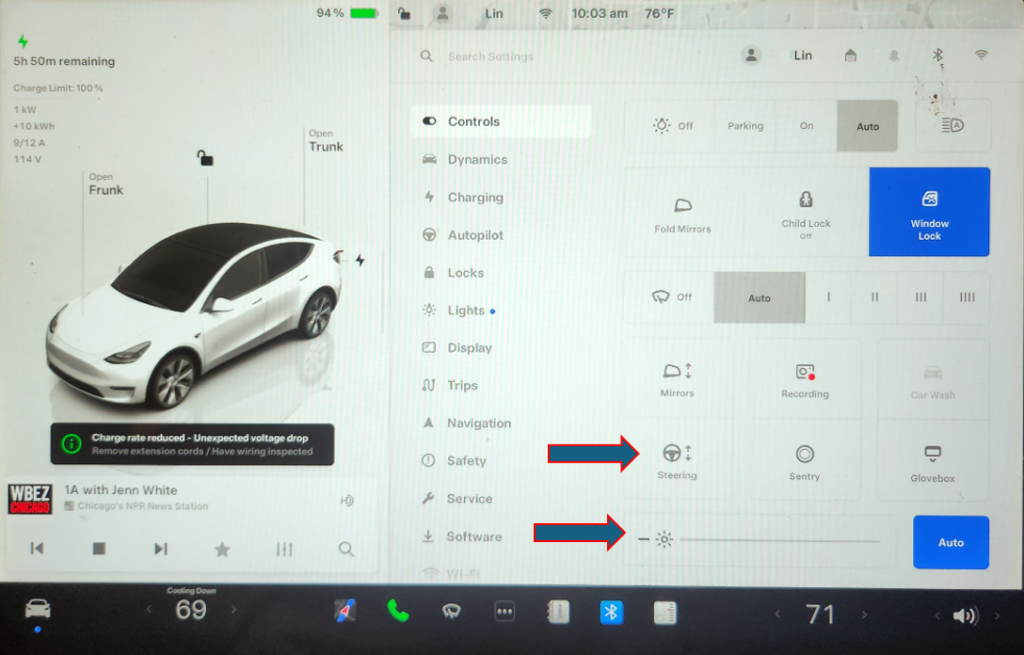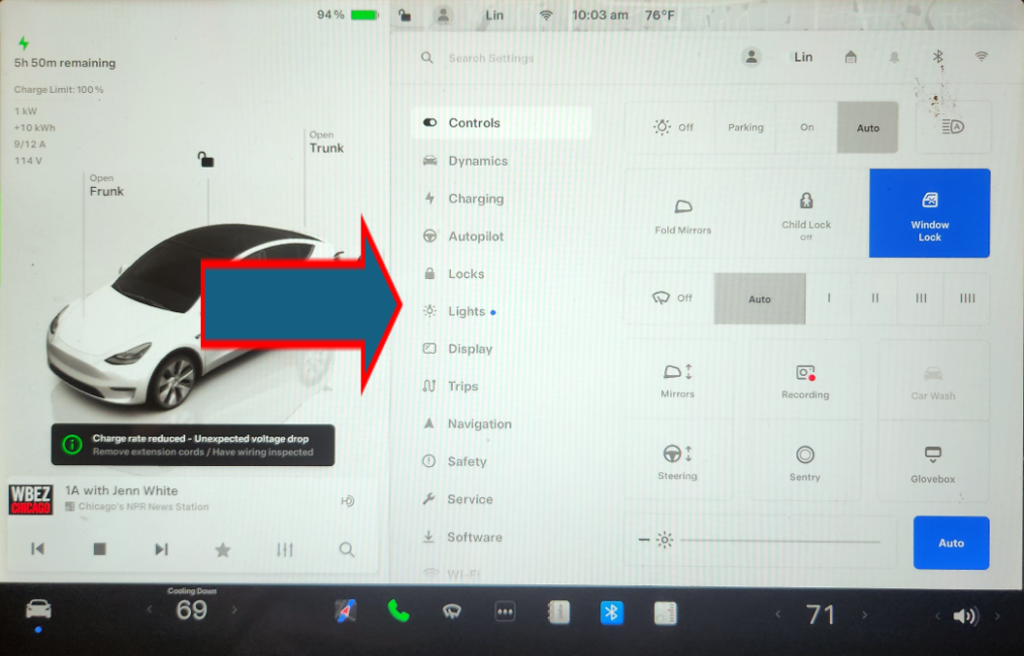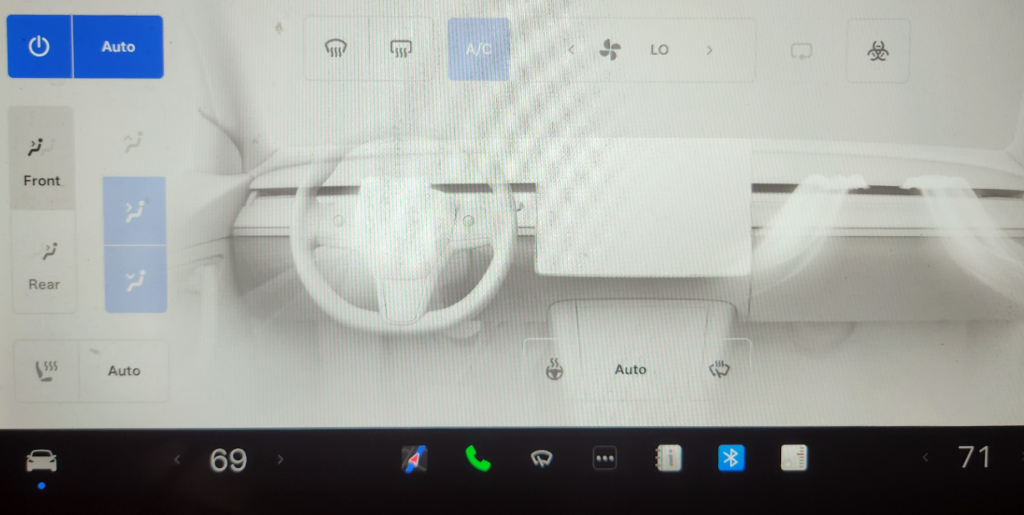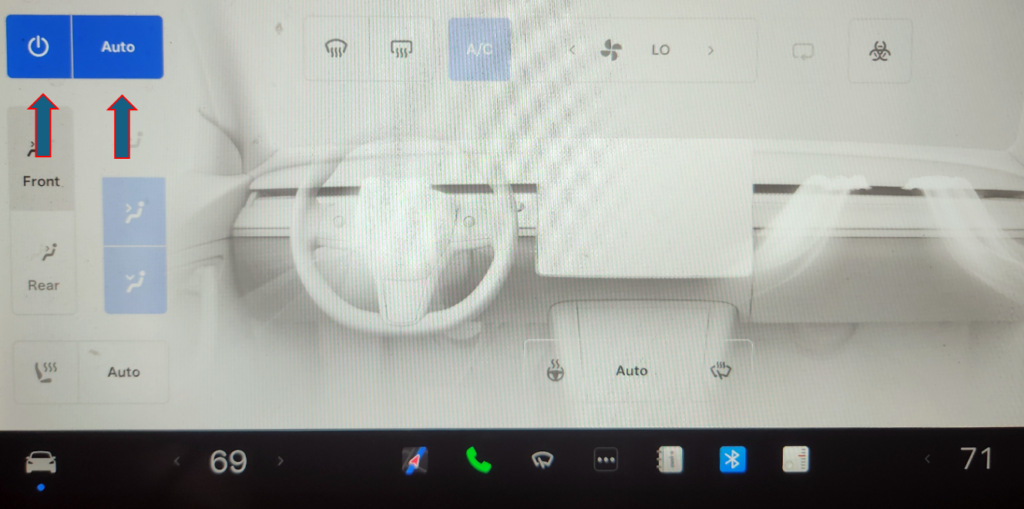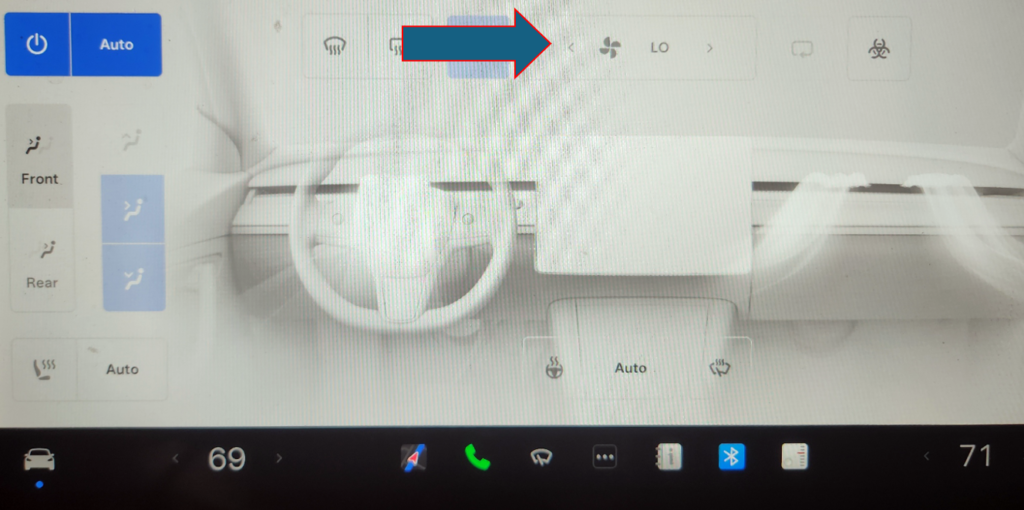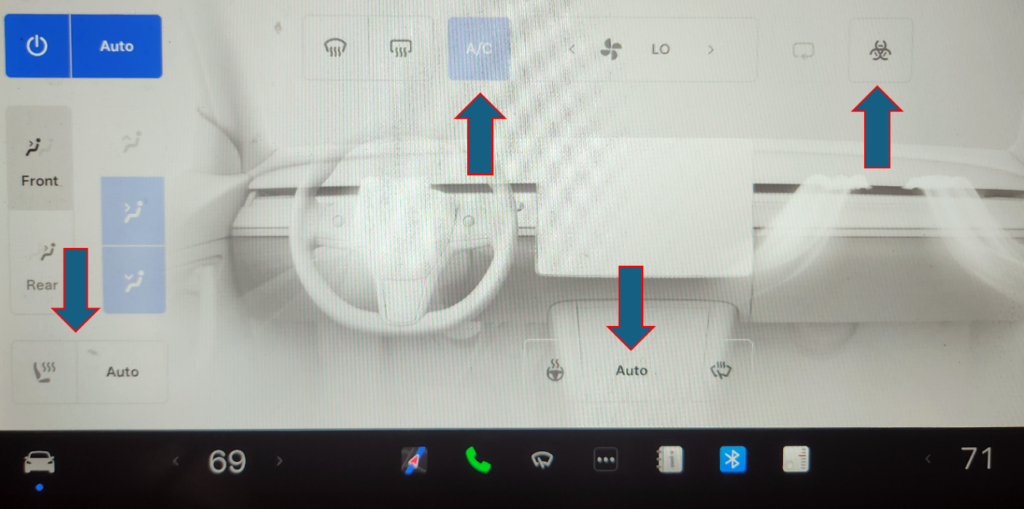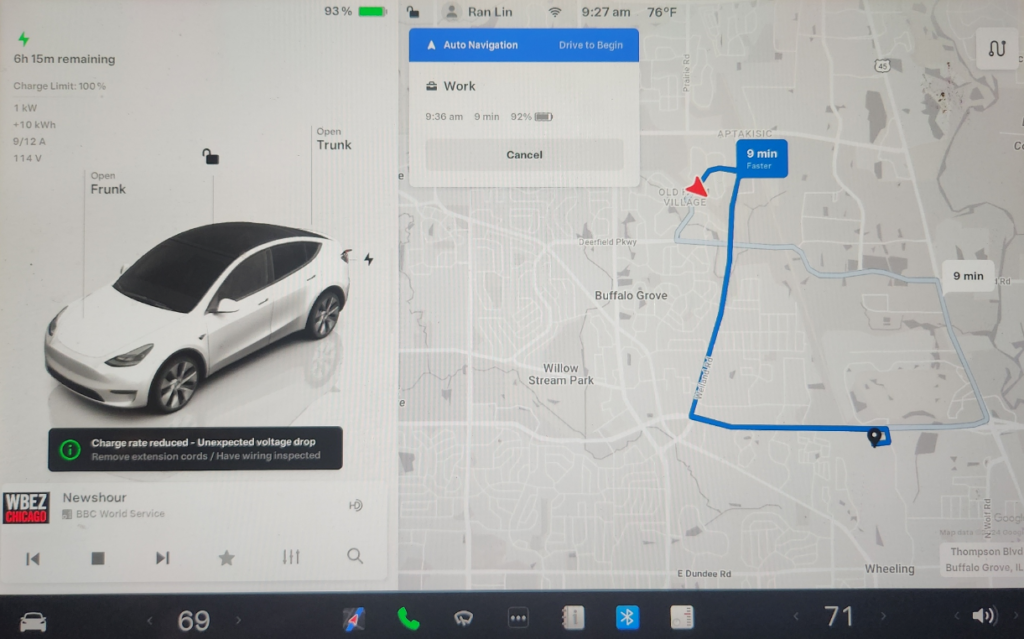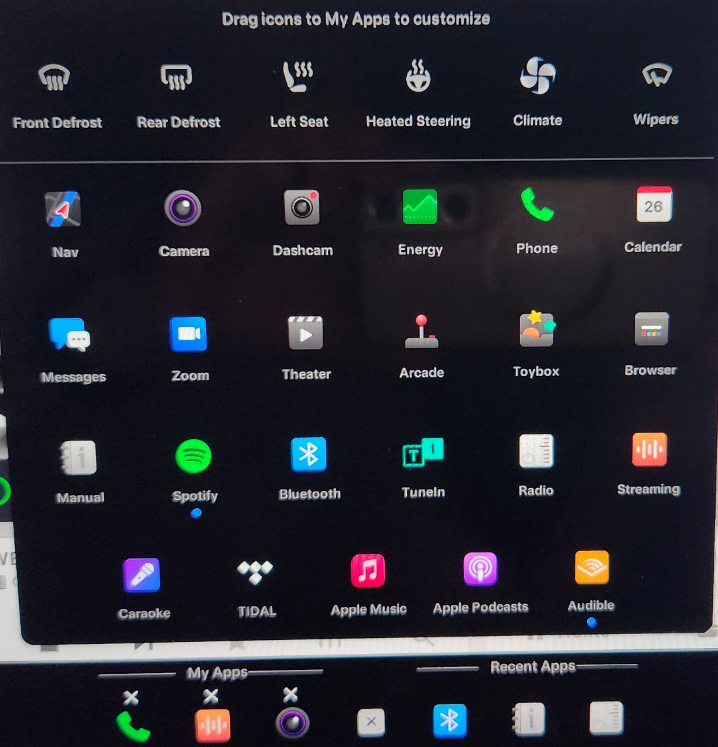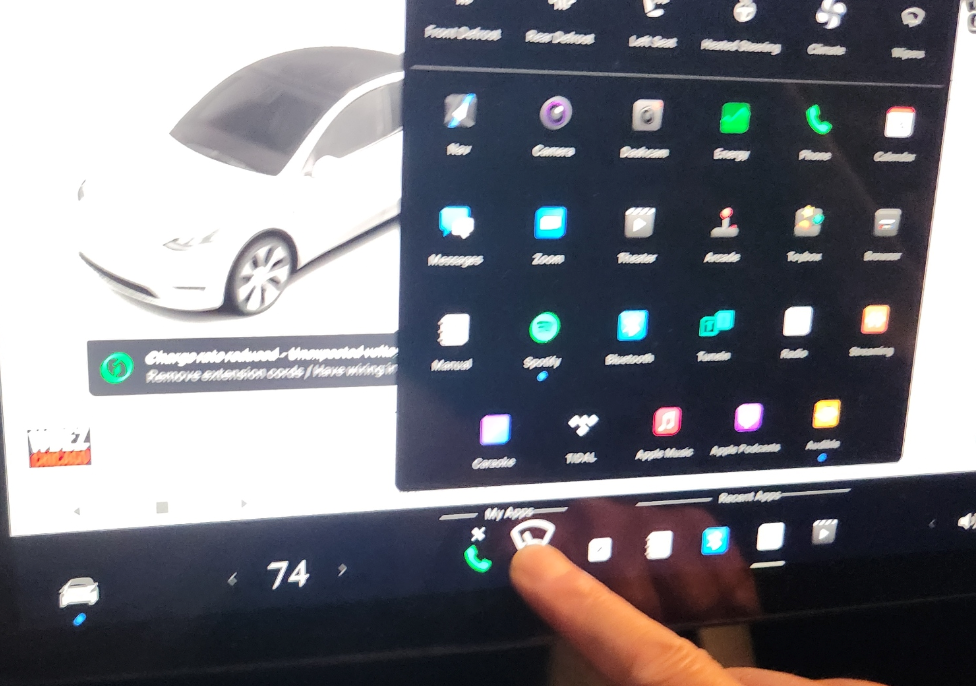To add a picture into another picture using Clipchamp, you can create a picture-in-picture effect. Here’s how:
1. Import Your Media:
Open your project in Clipchamp.
Import the main video and the second video that you want to use as the background.
2. Add the Overlay:
Click and hold the main video, move it to the timeline,
It should turn green.
Click and hold the second video above the main video on timeline.
Click the second video.
It should turn green.
Move the second video to the location you want.
You can also adjust the second video size.
Alternatively, click on the second video,
Click on three dots at the top.
Choose the “picture-in-picture” option.
Select the desired position
Options are top left, top right, bottom left, or bottom right for your overlay.
Drag and adjust the overlay to position it within the video preview.
3. Preview and Save:
Preview your project to ensure the overlay looks as desired.
Make any additional adjustments if needed.
Save your video with the added picture-in-picture effect.
